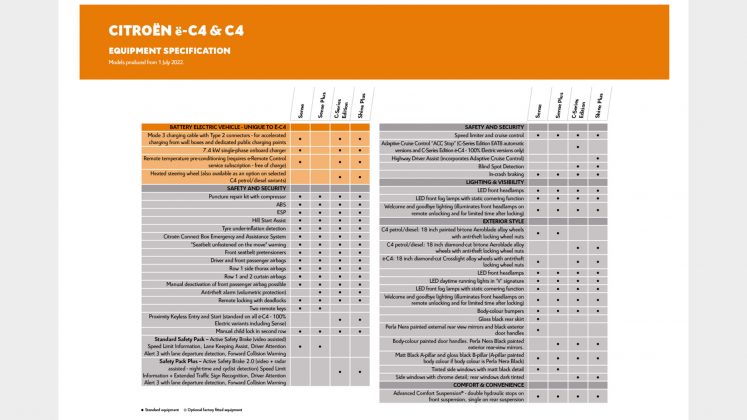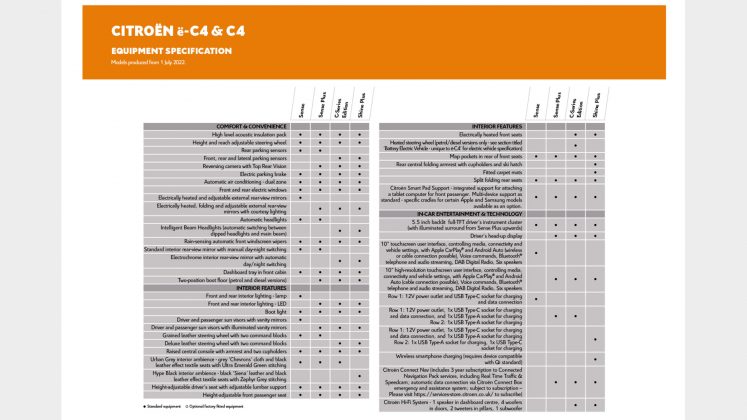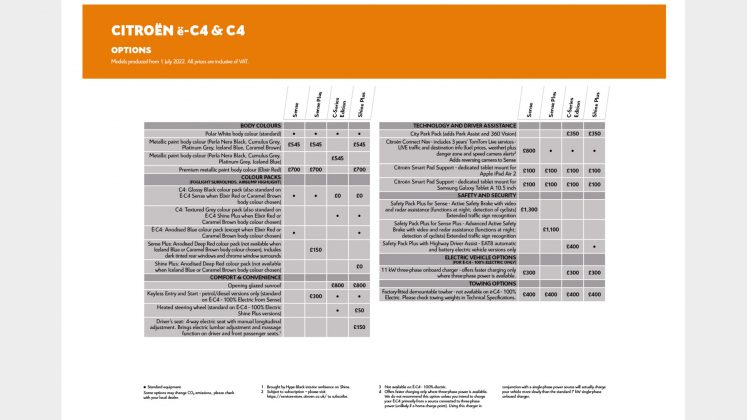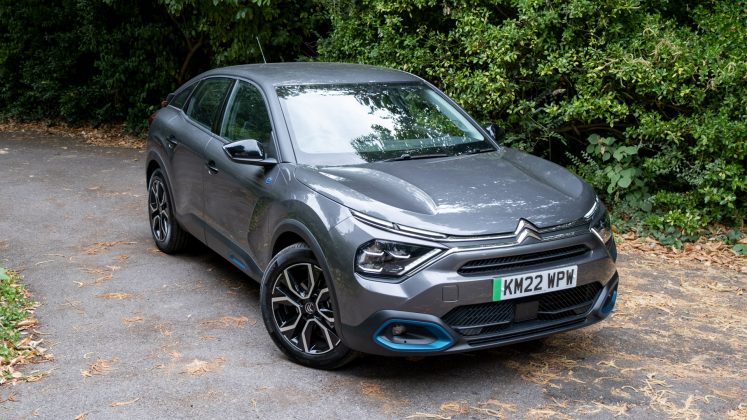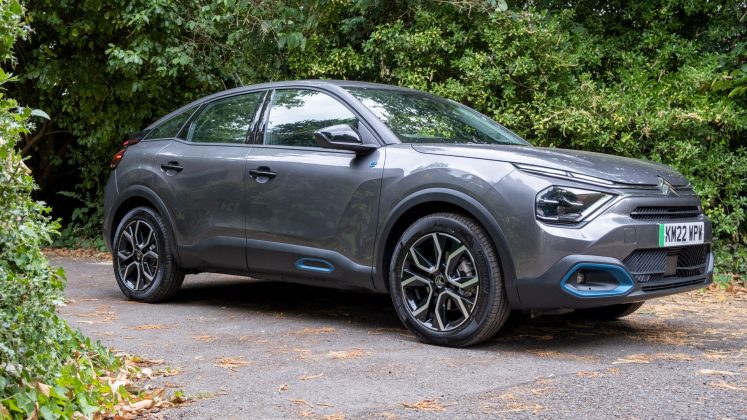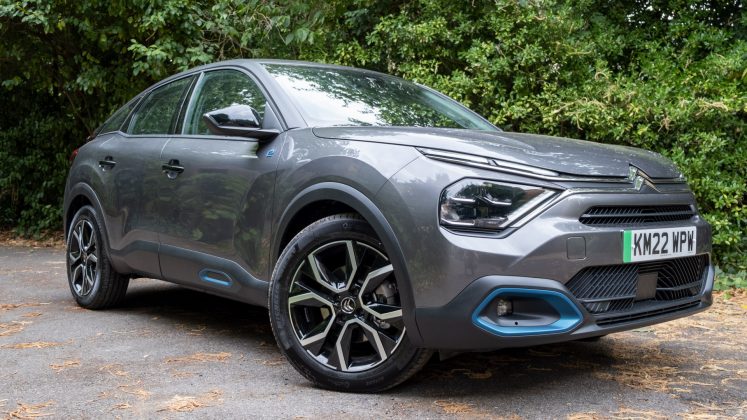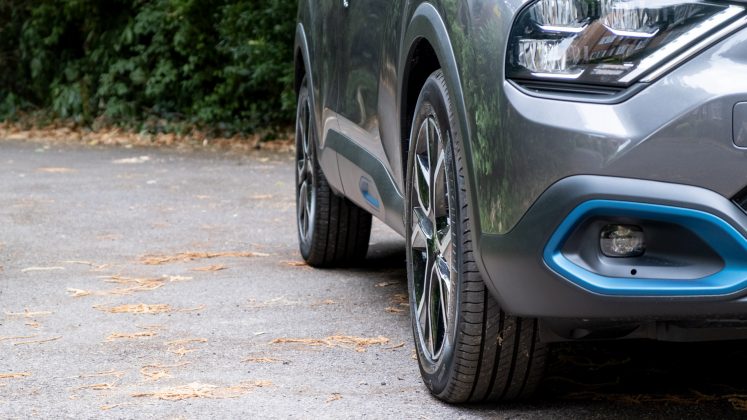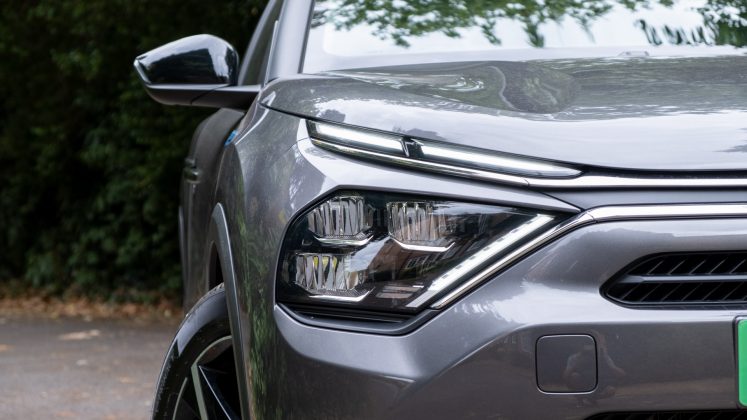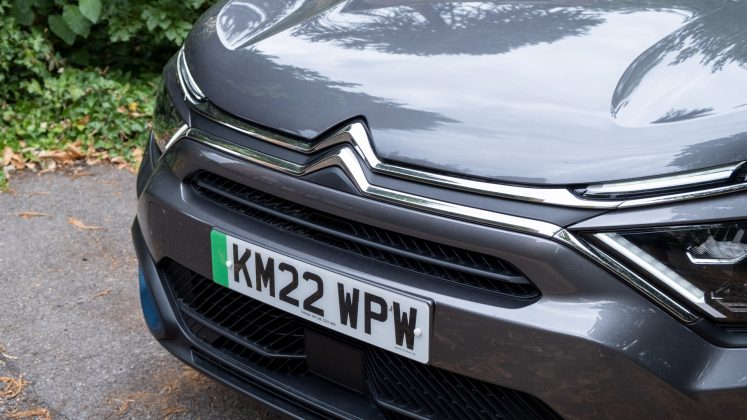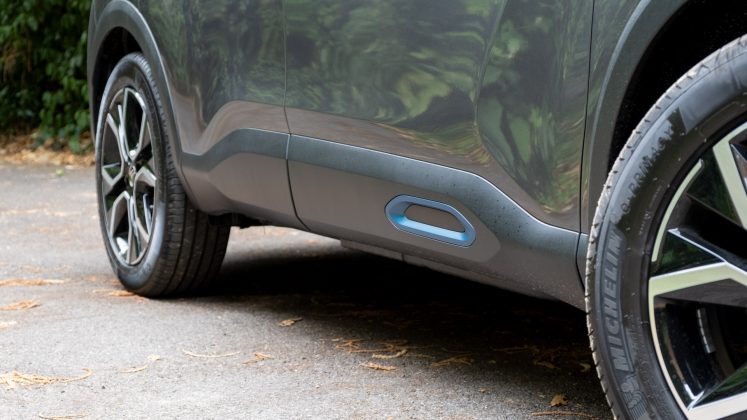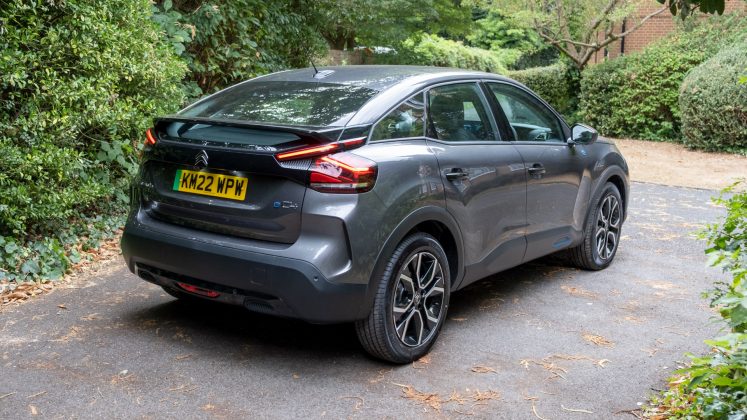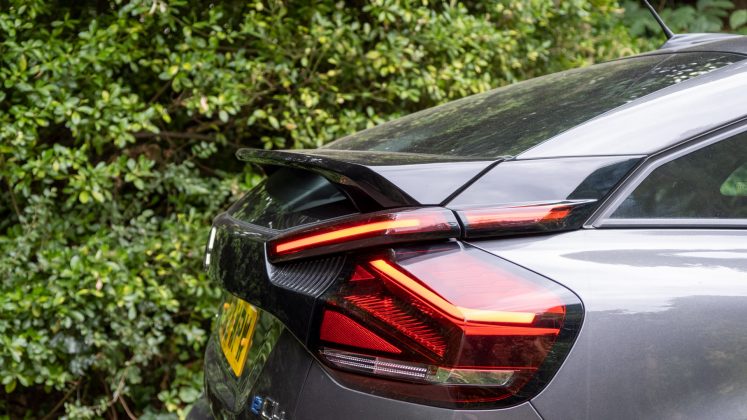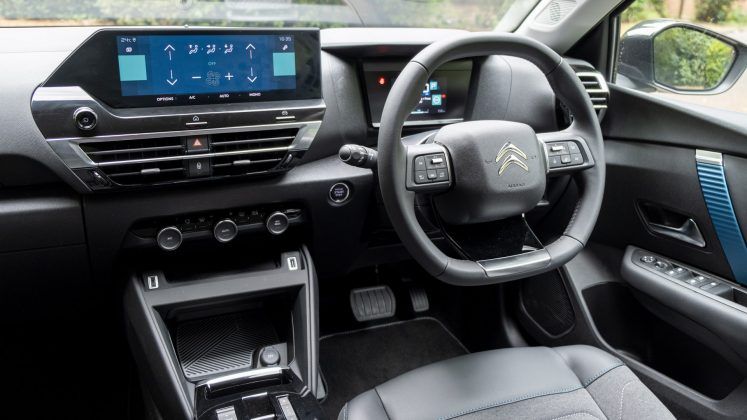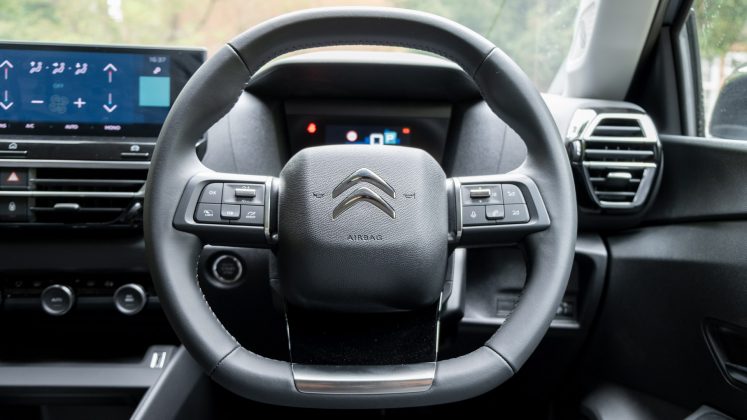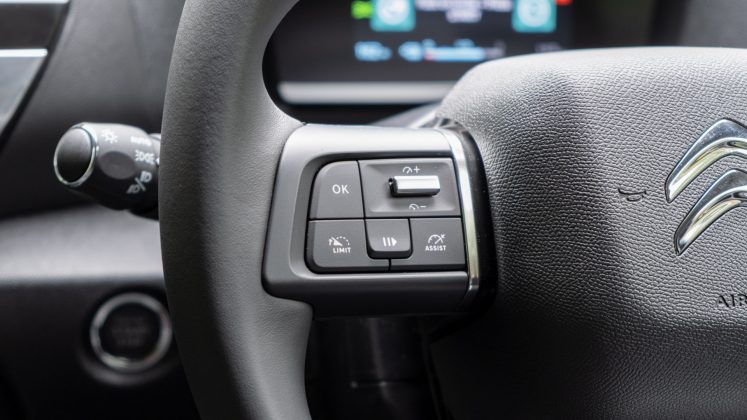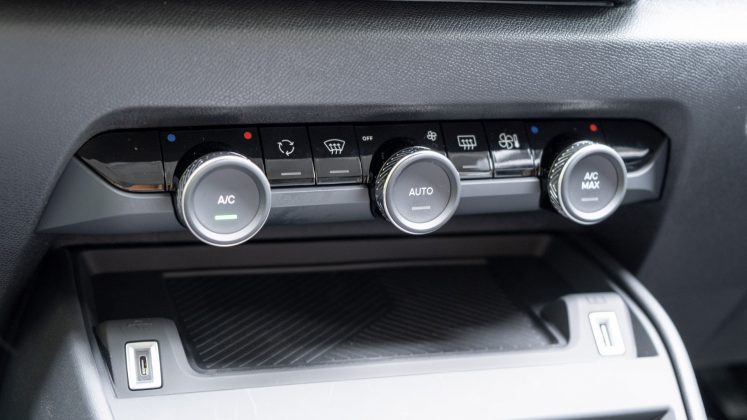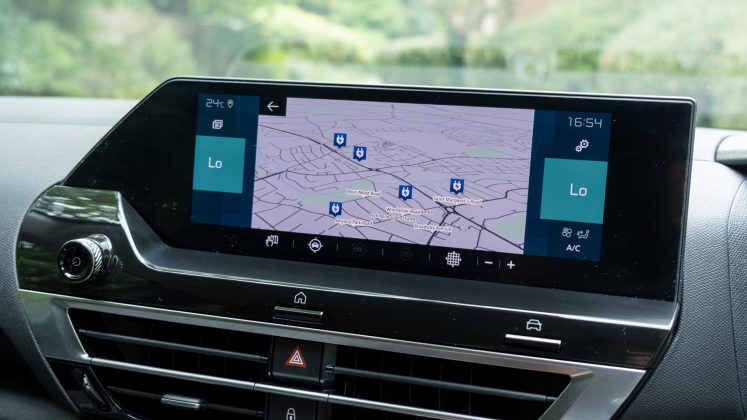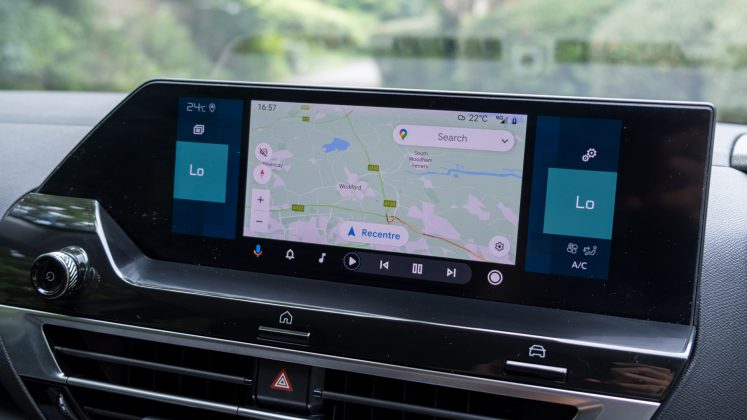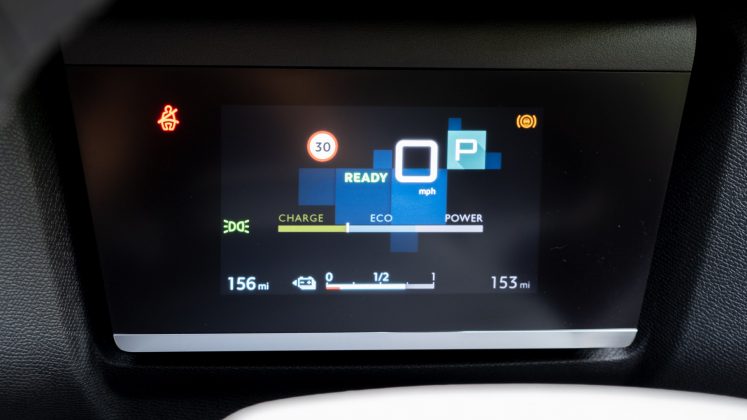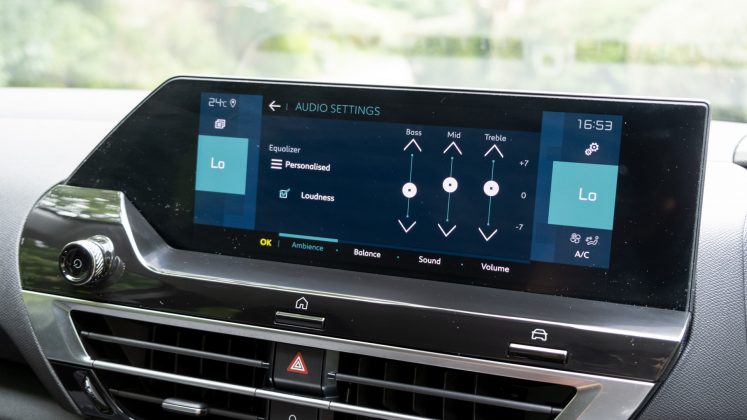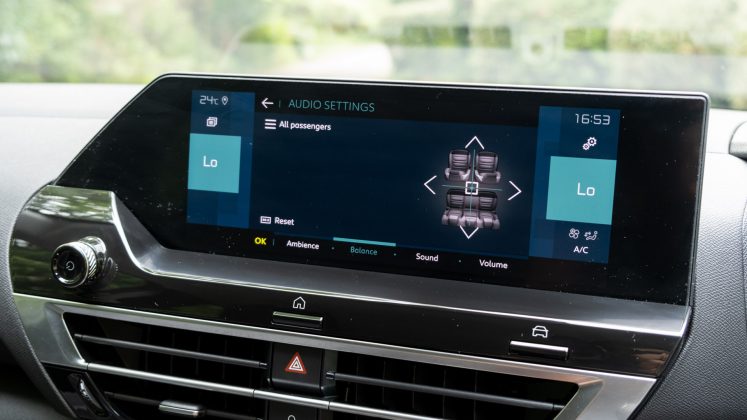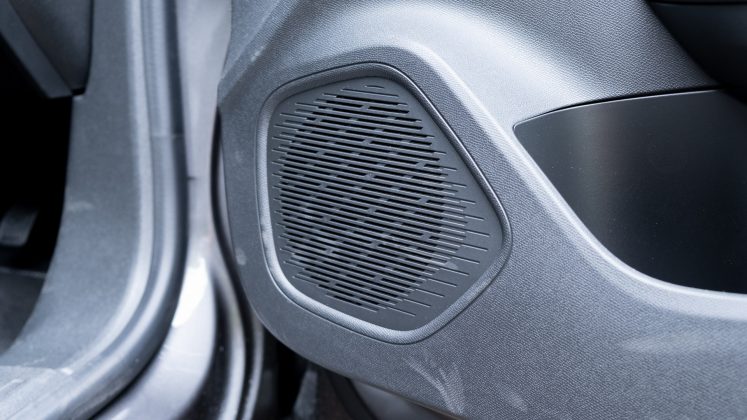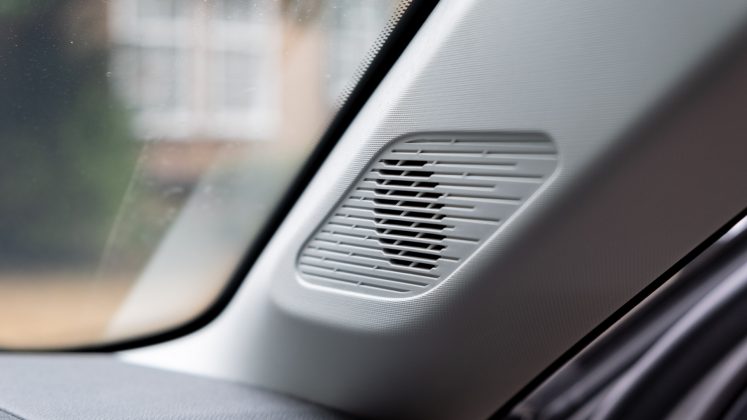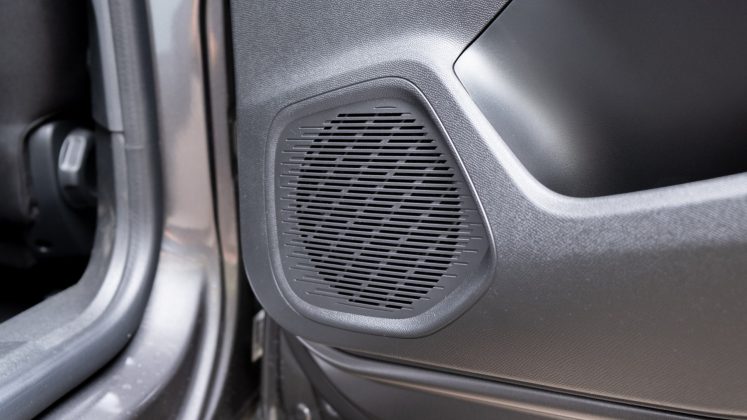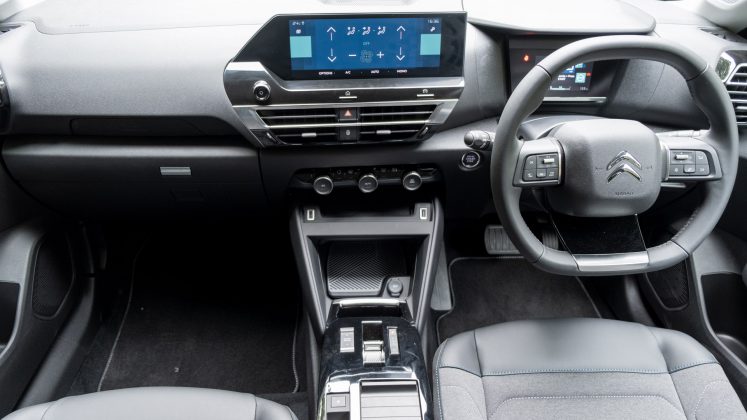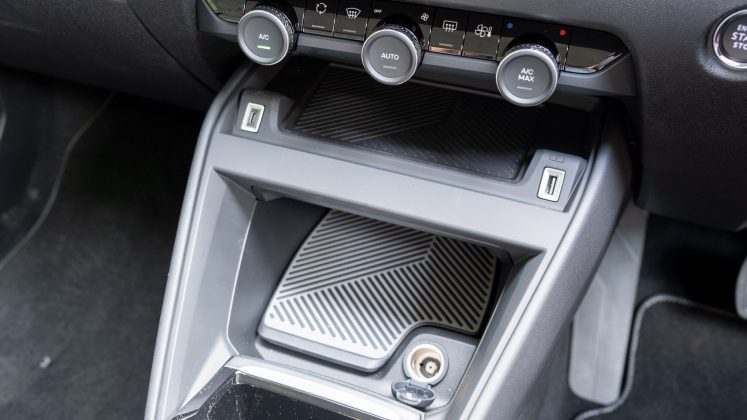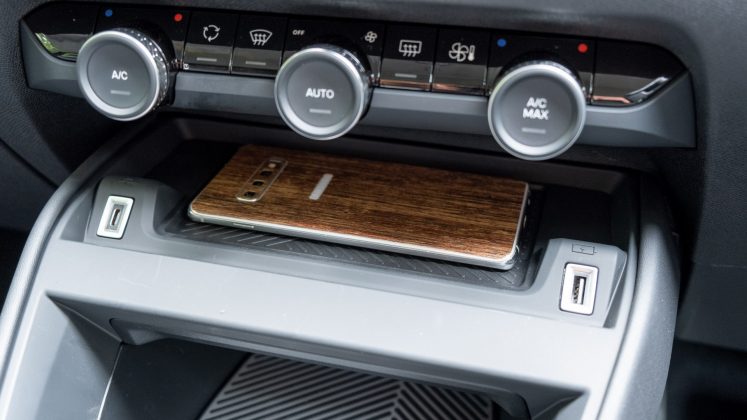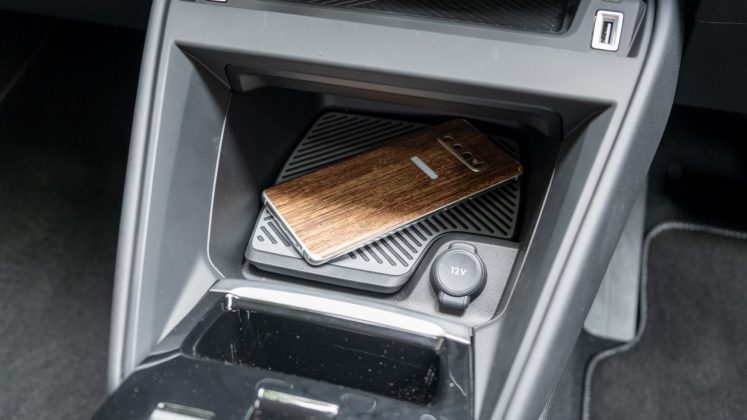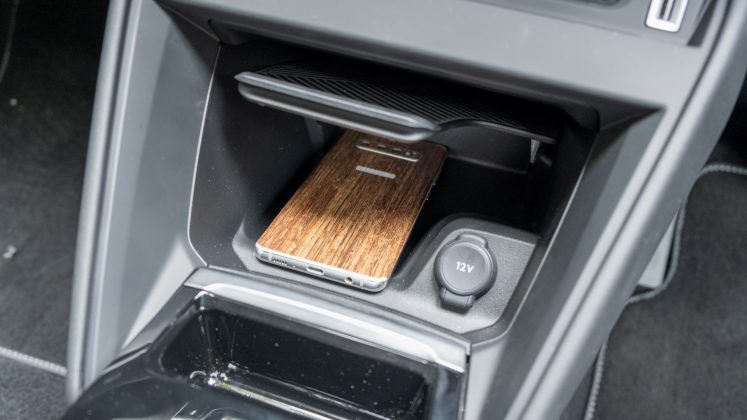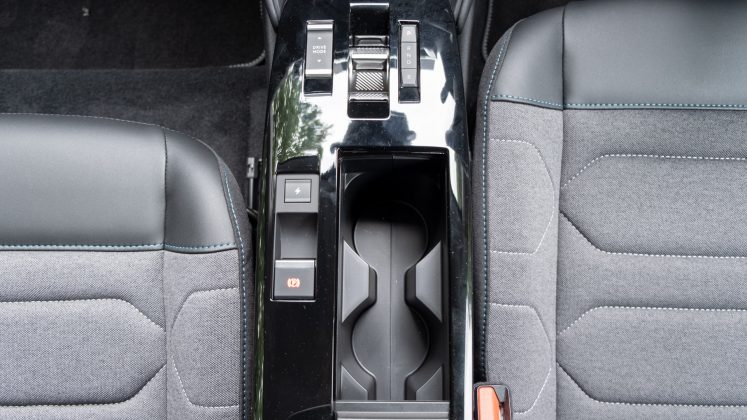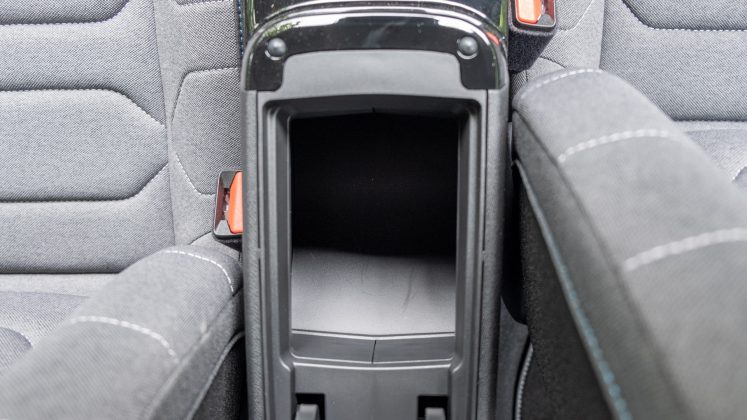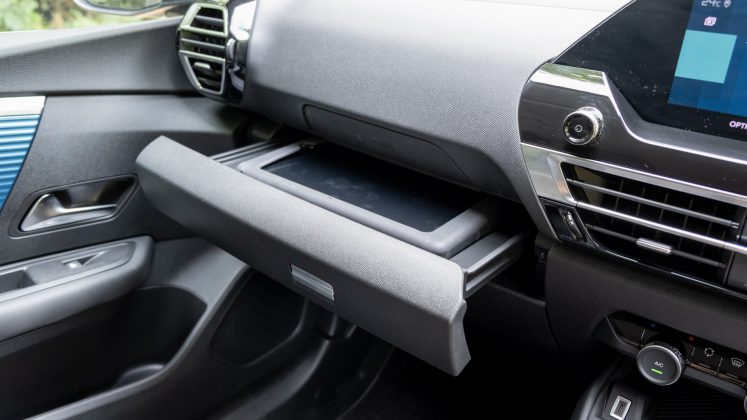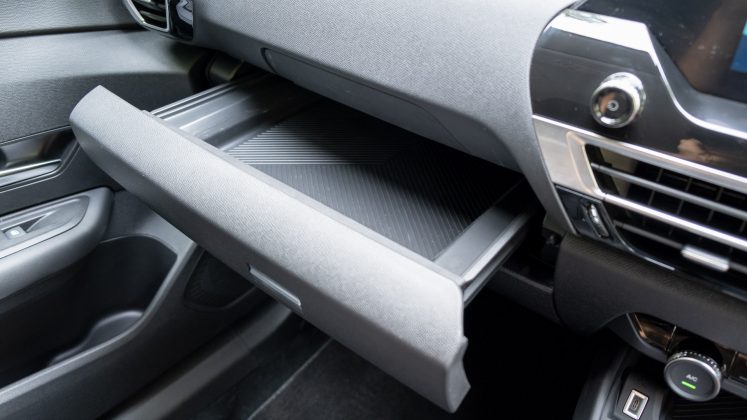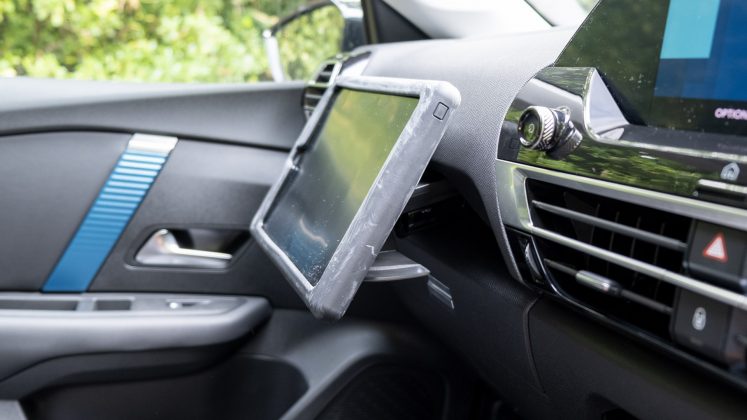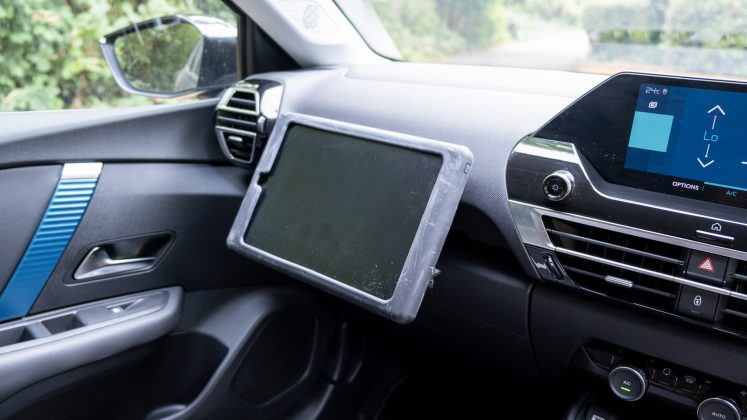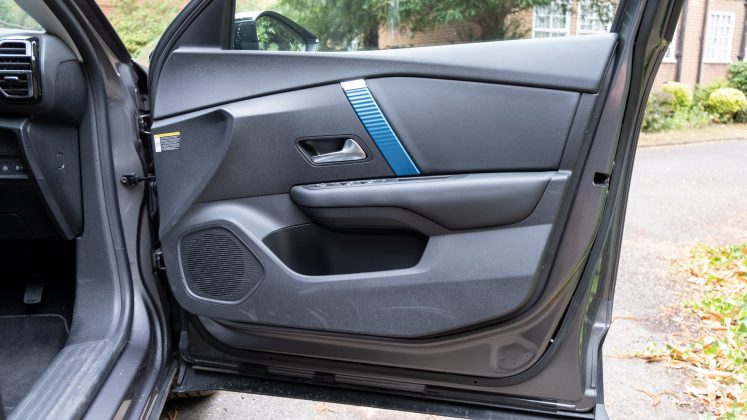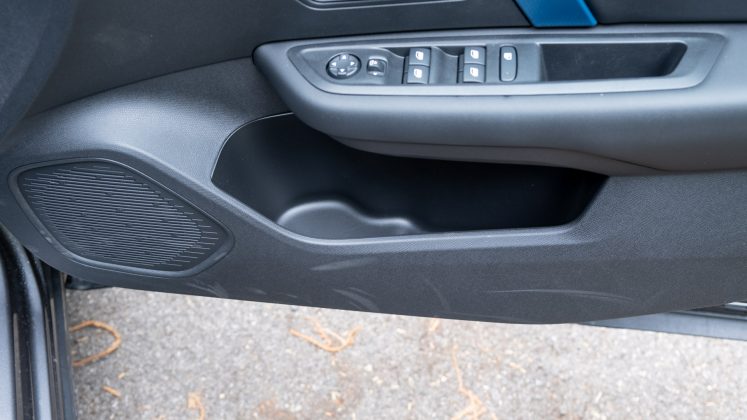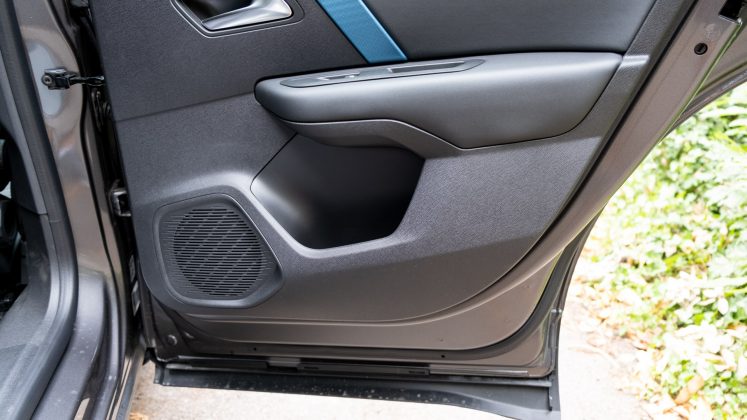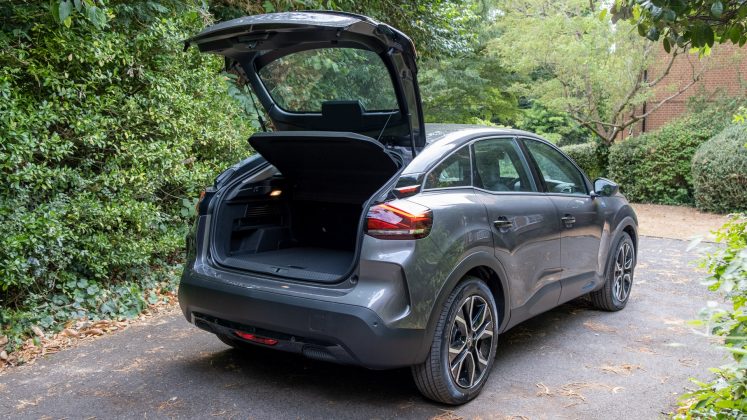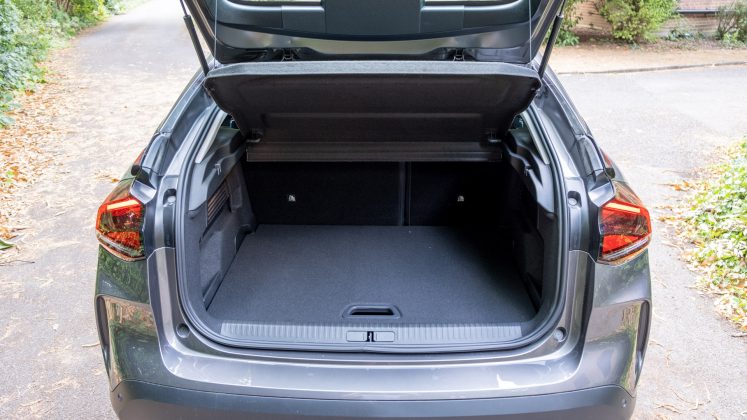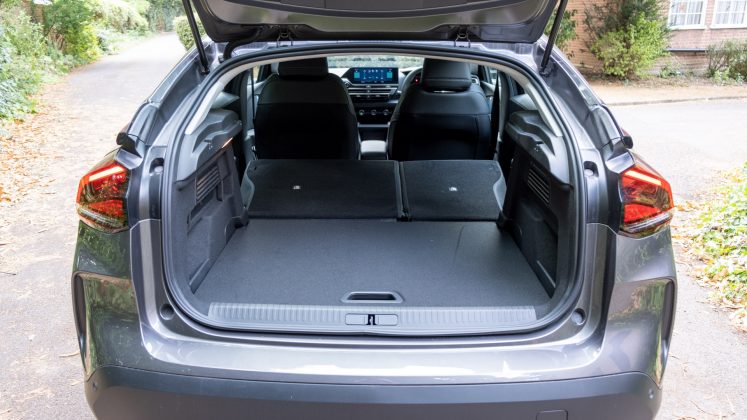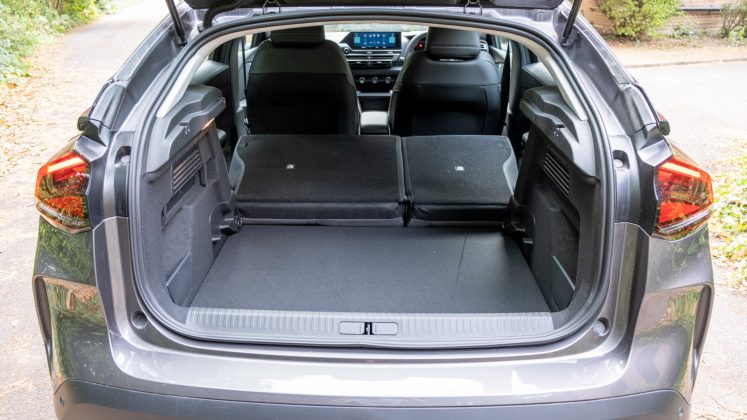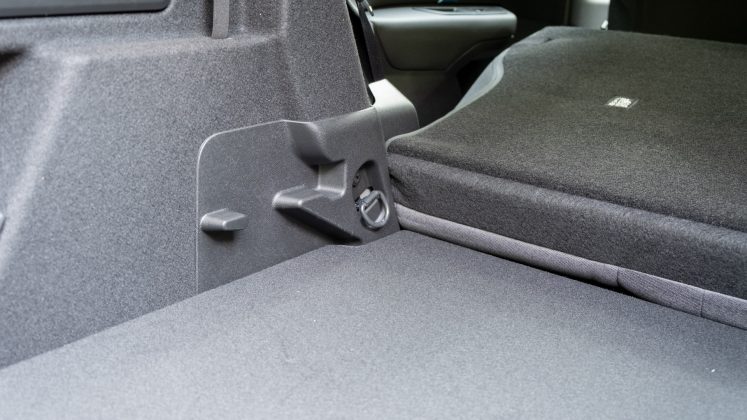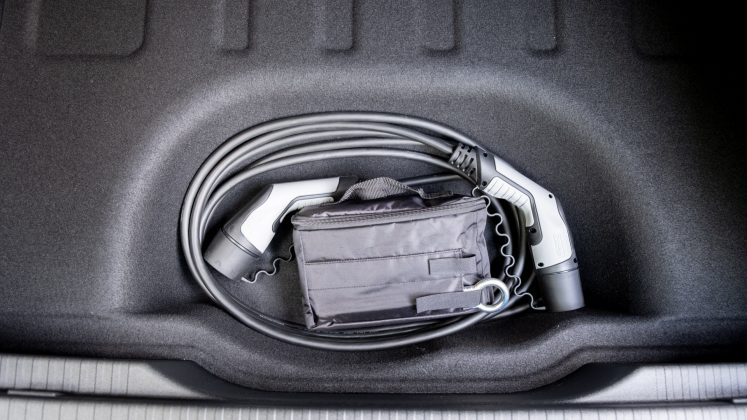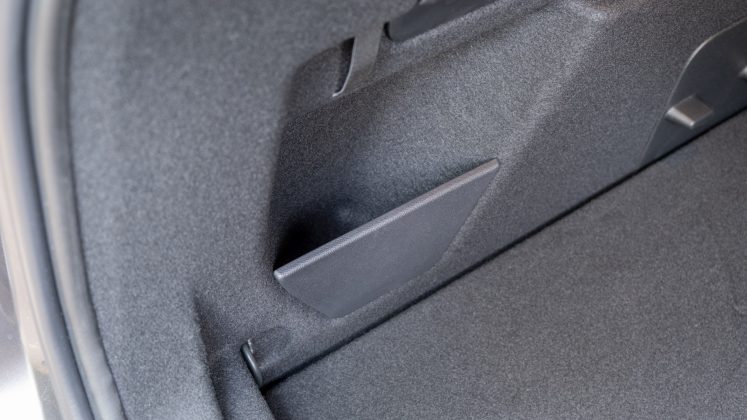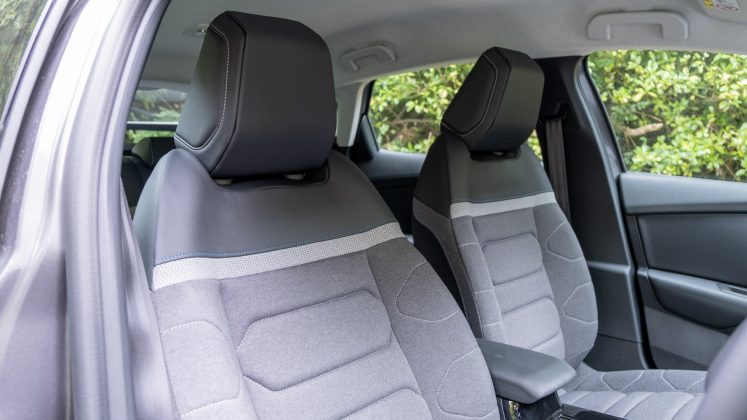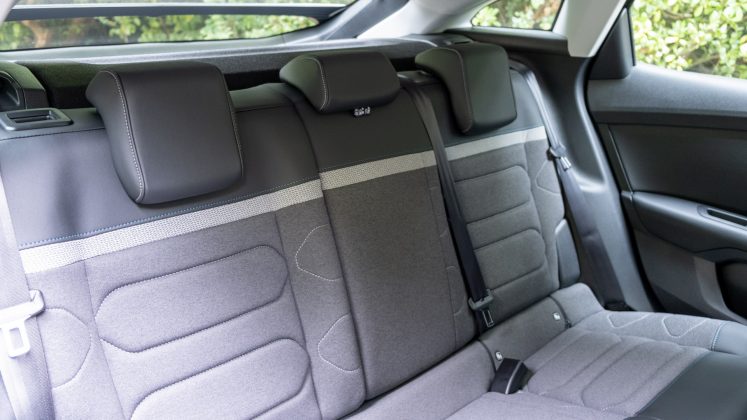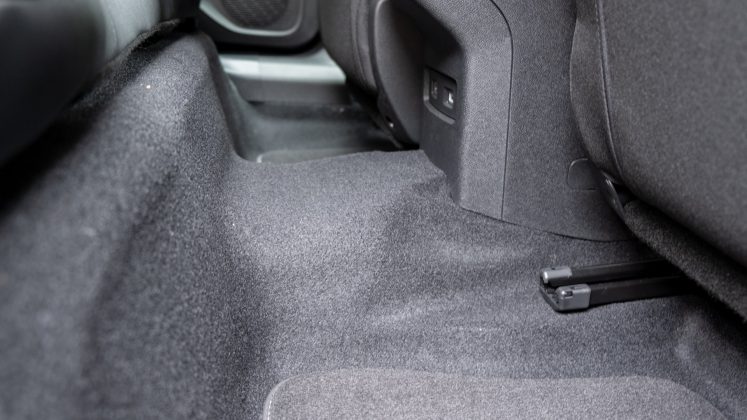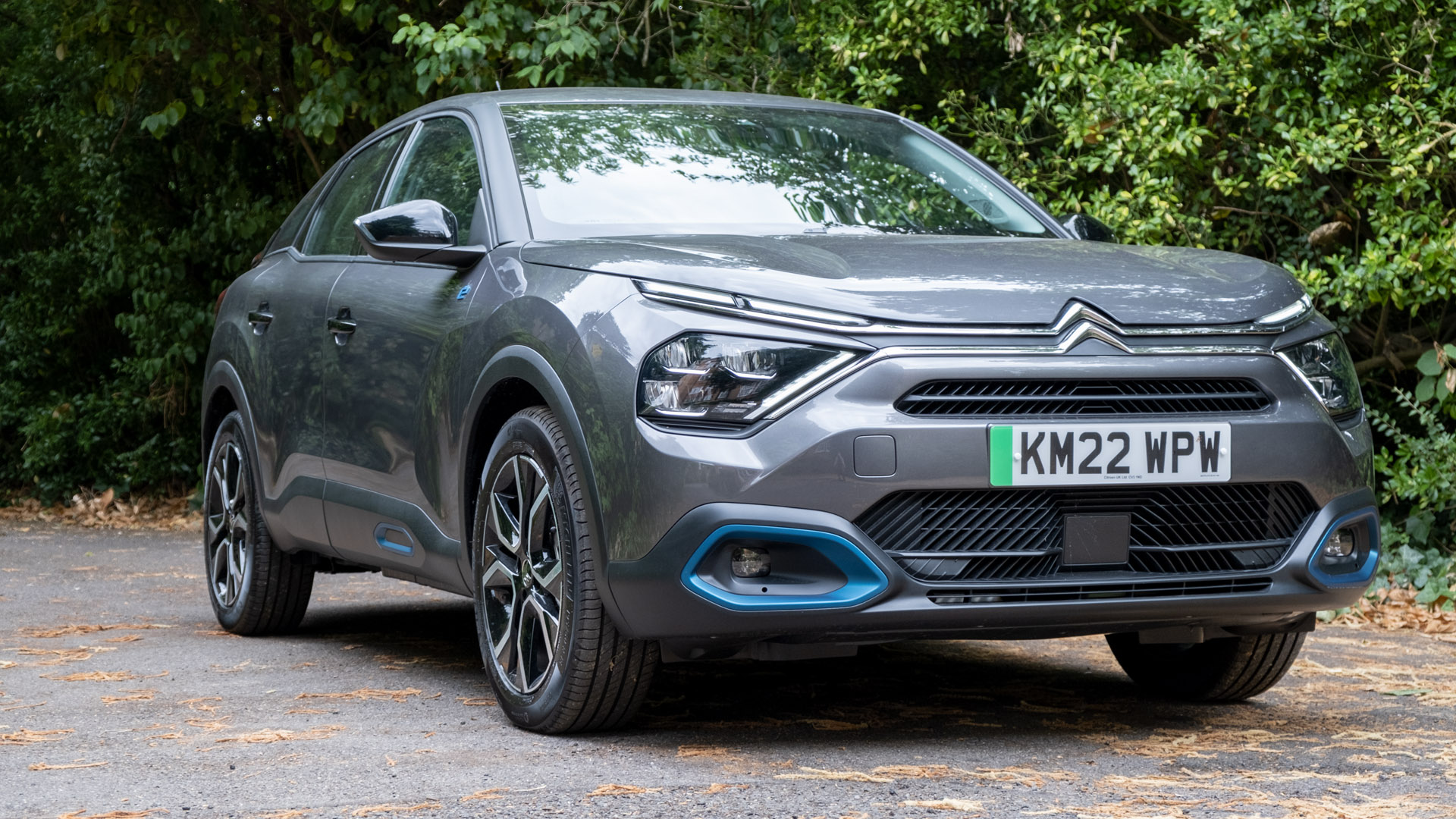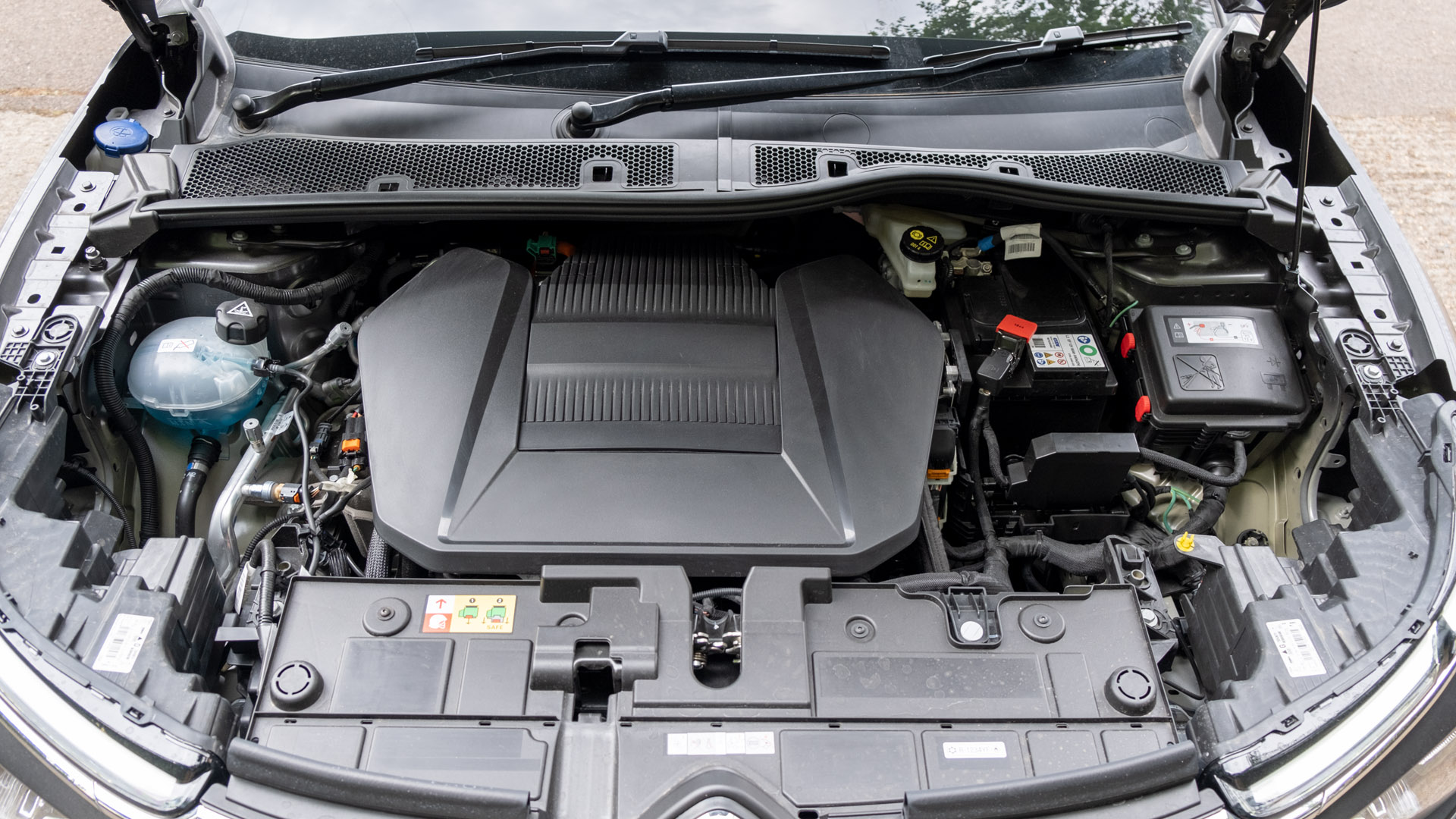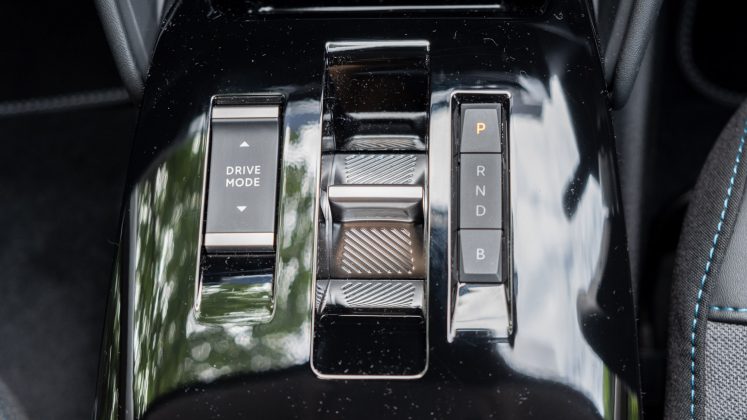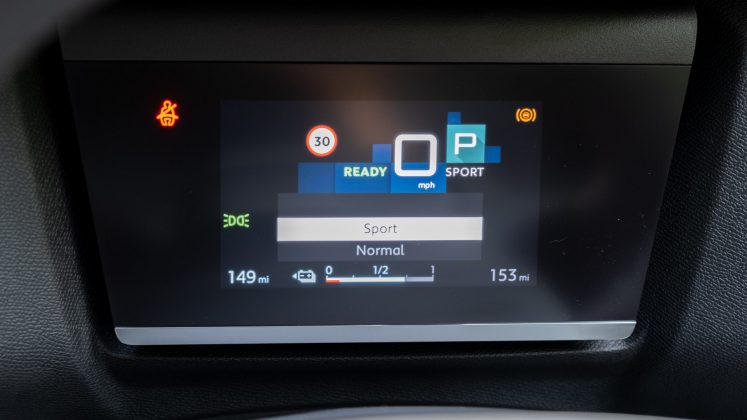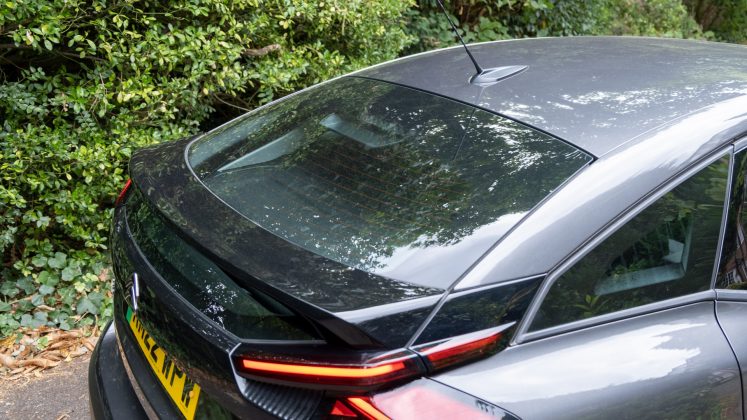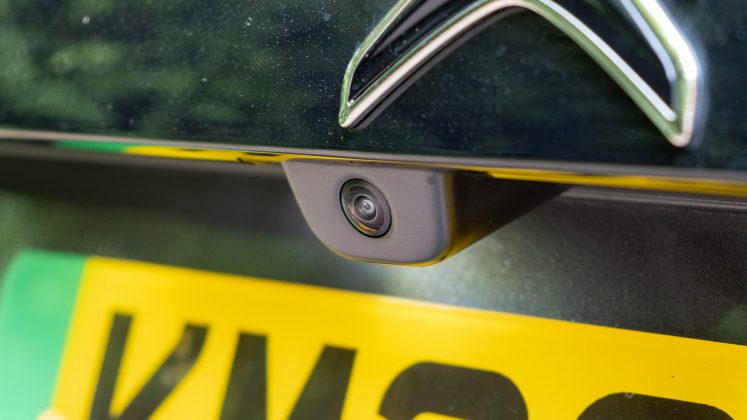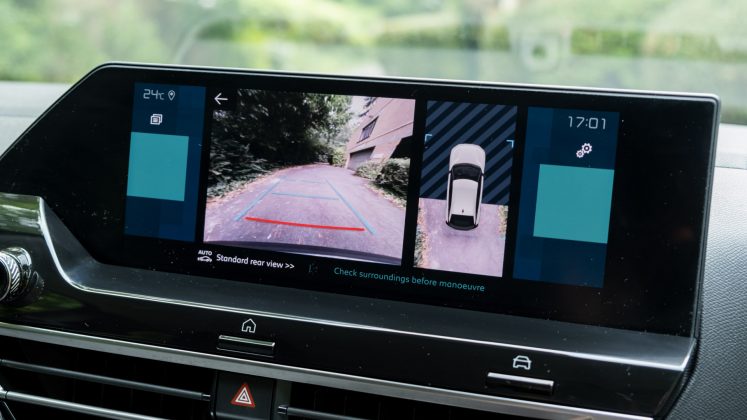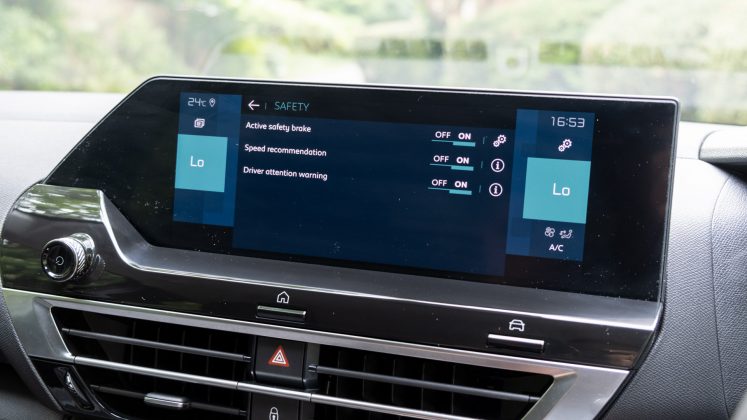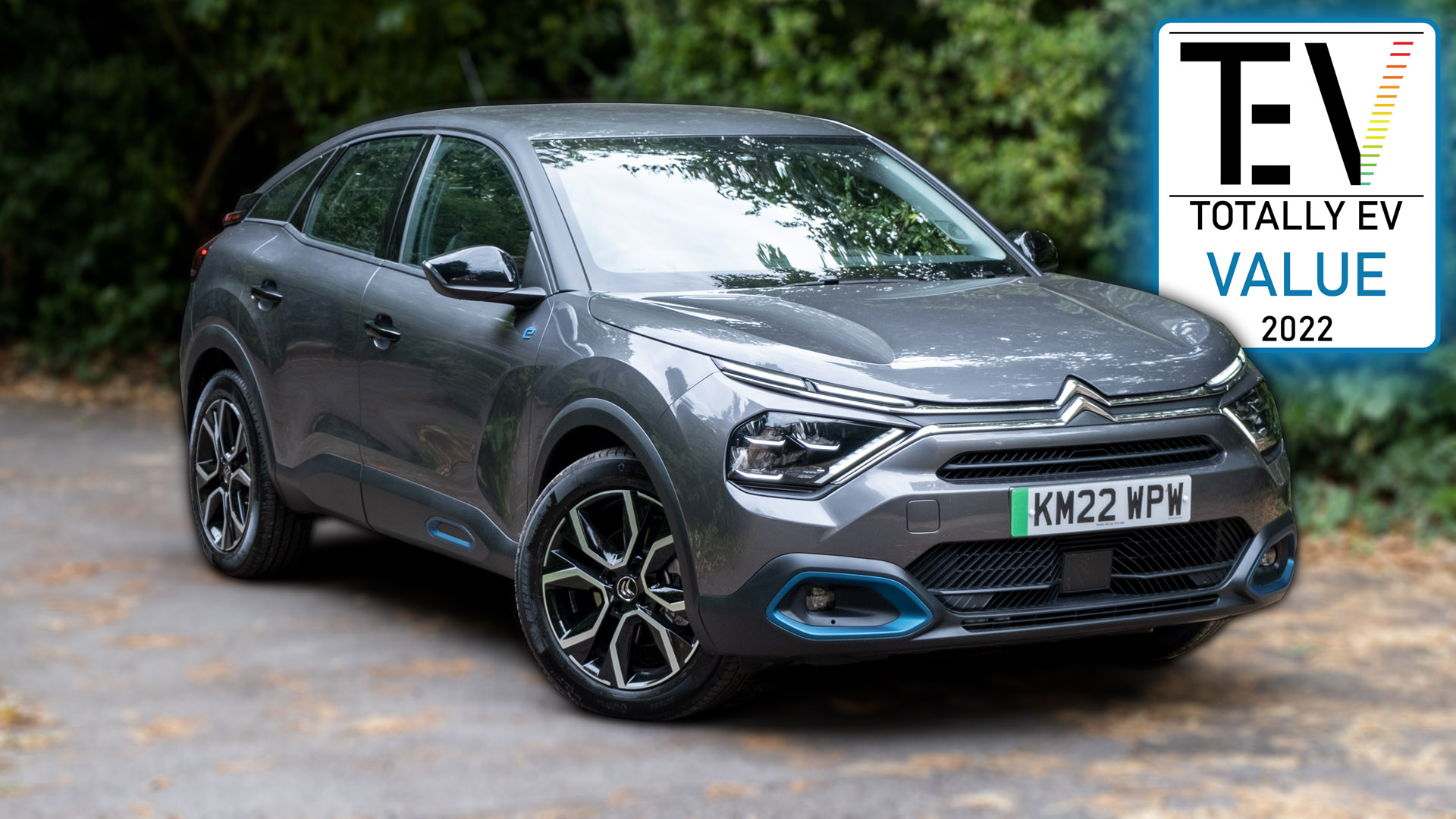The Citroen C4 was a compact petrol or diesel car. The first-generation model came out in 2004 and was then updated with a refreshed look and engine offerings seven years later. This, however, changed in 2020 when the PSA Group – now Stellantis – revealed its third-generation variant. Indeed, the C4 is now a compact SUV and is available as an all-electric vehicle, conveniently named the e-C4 (or ë-C4).
If you’d prefer to watch a review of the Citroen e-C4, head on over to our YouTube channel.
Citroen e-C4 price & competition
At the time of writing and within the UK, the fully electrified model is available in three trim levels: Sense (£30,995), C-Series Edition (£33,495) and Shine Plus (£34,995). A full breakdown of the differences can be found below (click to expand):
Note, no matter which model you opt for, the e-C4 houses the same 100 kW (136 hp) front-mounted motor and 50 kWh battery pack.
Find the best Citroen e-C4 deals
When it comes to competition, there are numerous all-electric SUVs to consider: MG ZS EV from £29,495; the Hyundai Kona Electric from £31,325; the Vauxhall Mokka-e from £32,695; the Peugeot e-2008 from £33,700; the Kia Soul EV from £34,995; the Kia Niro EV ‘2 64’ from £36,245; the Volkswagen ID.4 from £37,290; and the Skoda Enyaq iV 60 from £38,380. You’ve also got the MG5 EV, an all-electric estate that starts from £30,995.
There are also a few ‘premium’ SUVs to consider, such as: the Hyundai Ioniq 5 from £41,900; the Kia EV6 from £44,195; the Ford Mustang Mach-E from £50,030; the Mercedes EQA 250 from £47,510; the Audi Q4 40 e-tron from £48,215; the Volvo XC40 Recharge from £45,750; the larger Audi e-tron from £62,035; the BMW iX3 from £62,865; the Jaguar I-Pace from £66,350; the Mercedes EQC from £70,035; and the Tesla Model X from over £102,980.
Read next: New MG ZS EV review: Still the best budget electric SUV?
Citroen e-C4 exterior review
From the exterior, the e-C4 certainly looks the part. From the front, the Citroen logo stretches the width of the bonnet, where it cleverly feeds itself into the stylish accentuated headlights. Around the side, there are 18″ diamond-cut alloys that come fitted as standard, while at the rear, the vehicle’s elevated taillight design and its integrated spoiler give it that sporty edge.
Our only complaint about its exterior look is the inclusion of plastic sideskirts, wheel arches and the unpainted lower segment of the rear bumper. Thankfully, one can conceal the plastic inserts by opting for the pictured ‘Platinum Grey’ colour that comes in at a £545 premium. A small selection of metallic finishes are available for the same price, with the ‘Elixir Red Premium Metallic’ costing £700; the solid ‘Polar White’ finish comes as standard.
Read next: Kia e-Niro review: The best all-electric SUV?
Citroen e-C4 interior review
Inside the cabin, there’s a real sense of familiarity, especially with the use of physical buttons on the dashboard, which are used to adjust the climate. A flurry of buttons can also be found on the compact, ergonomic steering wheel.
In terms of technology, however, it’s a bit of a letdown. The 10″ infotainment display doesn’t have an intuitively laid out menu system making it hard to navigate to certain settings. Further, the two permanent borders that reside on either side of the display reduce the usable area; Citroen has chosen to sacrifice the screen’s size in order to permanently show your cabin’s temperature – we think it’s poor optimisation.
Similarly, the fully digitalized 5.5″ instrument cluster is rather basic and lacks customisation. Given the amount of empty space there is behind the steering wheel, we’d have expected a larger display. As for the Head-up Display (HUD), it’s omitted in the Sense trim that we have on review, however, is present in the more expensive variants.
When it comes to connecting up to the vehicle’s infotainment system, the e-C4 offers Bluetooth and a wired Android Auto and Apple CarPlay. The third-party operating systems are unfortunately not supported over a wireless connection and instead, you’ll need to plug in via the USB Type-C port found by the centre console – the Type-A port and 12V socket that reside beside it are used for charging only.
However, in our tested vehicle, we found the connection to Android Auto was extremely temperamental. The connection was always interrupted and the system failed to provide a likeable experience. We can’t say for certain if this was the vehicle’s fault, as it could have been our cable or adapter, but given the same setup has been used across numerous other vehicles, the e-C4’s behaviour was certainly abnormal.
As for its audio system, the e-C4 comes fitted with six speakers that output 150 Watts of power. Should you want a superior audio experience, consider the more expensive trims as they offer an eight-speaker system that outputs 240 Watts of power – this is thanks to a Dual Voice Coil (DVC) subwoofer that’s fitted in the boot. If you’d like to hear how the stock six-speaker system performs, watch our dedicated review on YouTube.
Read next: Kia EV6 review: The Hyundai Ioniq 5 alternative
Citroen e-C4 storage review
Moving onto storage, the e-C4 has a few pockets within the cabin to store valuables. Underneath the climate controls, there’s an area to place your smartphone, which doubles up as a wireless charger in the Shine Plus trim. Below it, there’s a small non-slip area that can be prised open to reveal yet another compartment. Further down the centre console, there’s a handy phone holder and two cupholder spaces, where the latter can be concealed via a retractable cover. Under the centre armrest, there’s also a small compartment.
As for the door bins, the front two are large enough to accommodate a 500ml bottle, while the ones at the rear are a little less large. There’s of course the glove box, which provides additional storage space.
What really stands out, however, is the standard inclusion of Citroen’s Smart Pad Support. The retractable arm located by the front passenger side provides secured support for a tablet; the area under it is a slide-out compartment which allows you to store a tablet. This rather ingenious design provides an extra layer of entertainment for the front passenger. Note, should you have a 10.5″ Samsung Galaxy Tablet or an Apple iPad Air 2, you’ll need to spend an additional £100 for a compatible mount – you can see it in action on YouTube Shorts, Instagram Reels or TikTok.
In terms of boot capacity, there’s 380 litres and with the seats down this extends up to 1,250 litres; it’s one of the smaller all-electric SUVs on the market and thus should come as no surprise to learn that it’s outclassed by almost all of its rivals – it also doesn’t feature a front storage (frunk) compartment: Tesla Model Y (854/2,100 litres); Audi e-tron (660/1,725 litres); Skoda Enyaq iV (585/1,710 litres); VW ID.4 (543/1,575 litres); Hyundai Ioniq 5 (520/1,587 litres); BMW iX3 (520/1,560 litres); Jaguar I-Pace (656/1,453 litres); Audi Q4 e-tron (520/1,490 litres); MG5 EV estate (464/1,456 litres); Kia e-Niro (451/1,405 litres); Peugeot e-2008 (434/1,467 litres); MG ZS EV (448/1,375 litres); Kia EV6 (490/1,300 litres); Volvo XC40 Recharge Twin (452/1,328 litres); Ford Mustang Mach-E (402/1,420 litres); Kia Soul EV (315/1,339 litres); Mercedes EQA (340/1,320 litres); Hyundai Kona Electric (332/1,114 litres); Vauxhall Mokka-e (310/1,060 litres).
In terms of accessibility, the tailgate is manually operated only. It’s very much the same case with a lot of its closely-matched rivals, however comparatively, we do find the e-C4’s boot lid a little hard to close. It requires a substantial amount of force or a certain technique if you don’t want to get dirty by putting your hands on the exterior part of the tailgate.
As for practicality, there’s a hatchback design, a flat loading bay with an adjustable boot floor, a large underfloor compartment for your charging cables, and side storage areas. The rear-split folding seats have a 60:40 design, with the top-spec Shine Plus treated to a ski latch and a rear central folding armrest with cupholders.
Read next: Skoda Enyaq iV review: The Volkswagen ID.4 alternative
Citroen e-C4 comfort review
While its storage capabilities aren’t vast, its comfort characteristics are class-leading. The seats are made out of high-density foam, with a thick 15mm of extra textured foam on the surface, making all five seats within the e-C4 remarkably comfortable. A definite highlight of the SUV and one that sets it apart from its competitors – namely at this price point.
Lumbar support and manually adjustable front seats further heighten the experience. Should you want electronically-adjustable front heated seats and a steering wheel you’ll need to opt for one of the more expensive trims. Note, 4-way electric seats and massage functions are only available as a £150 option in the Shine Plus.
Find the best Citroen e-C4 deals
Headroom and legroom at the front are a non-issue, however, those sat at the rear will be a little limited in head clearance; 6-foot 2-inches (188cm) individuals might feel a little henned in, with the centre seat even more restricted. Thankfully, legroom at the rear isn’t bad and given the rear seats aren’t as diagonally-wedged as some of its rivals, it creates a more comfortable experience on longer drives. Further, the transmission tunnel is kept down to a minimum, bettering the experience for the middle occupant.
The cabin is surprisingly quiet too. Thanks to the standard inclusion of acoustic insulation, road and tyre noise are kept down to a minimum. In comparison to its competitors, it’s one of the most serene interiors one can attain in an electric SUV.
Read next: Tesla Model Y review: Best electric SUV?
Citroen e-C4 performance review
It’s not just the cabin insulation that provides a sublime experience, but the use of double and single hydraulic stops on the front and rear suspension, respectively. Indeed, the Advanced Comfort Suspension (Progressive Hydraulic Cushions) that comes fitted as standard is a marquee for Citroen’s vehicles – the e-C4 is no exception, as it is supremely comfortable to drive around town.
The suspension system soaks up anomalies, speed bumps and potholes with ease. It’s by far the best-in-class when it comes to driving comfort. Coupled with its very light steering wheel, which makes manoeuvrability a breeze, the e-C4 stands in a league of its own – even when compared with pricier alternatives.
However, its softened driving setup does hinder its performance on more challenging roads. At speed, the e-C4 suffers from a bit of body roll and doesn’t instil that driver’s feel; one feels disconnected from the front axle, even when lobbed in its Sport driving mode that tries to heighten the driving dynamics. With that said, the same could be associated with the vast majority of its rivals; should you want a more engaging experience, you’ll need to splash out considerably more for the BMW iX3 or Jaguar I-Pace.
It’s also pretty lazy for an all-electric vehicle. Its front-mounted motor and 50 kWh battery pack dispatch 100 kW (136 hp) of power and 300 Nm of torque. We had its 0-60mph tested using Racelogic’s Vbox Sport at 9.28 seconds. Top speed is also limited to 93mph. By comparison, the Hyundai Kona Electric (64 kWh model) has 150 kW (201 hp) of power, 395 Nm of torque and gets to 60mph in just 6.91 seconds.
On the plus side, Citroen’s reduced power output results in no front-wheel spin or torque steer, as is present on Hyundai Group’s vehicles – all of which operate on a front-wheel drive (FWD) system.
We suspected straight-line speed and driving dynamics won’t be at the top of the list for Citroen’s customer base. Electric driving range, however, is paramount in any EV. Here, in our mixed driving tests, we netted 180-200 miles, which isn’t bad. Comparing it to its similarly priced rivals, such as the entry-level Skoda Enyaq iV, VW ID.4, MG ZS EV, Hyundai Kona Electric, the Vauxhall Mokka-e and Peugeot e-2008, the Citroen offers a comparable electric range. Switch to the larger battery pack variants of the aforementioned vehicles that are offered outside the Stellantis Group, and you’ll find the e-C4 is outclassed.
In order to maximise range, you’ll want to drive in B-mode. It has to be initiated each time you step inside the cabin by pressing a button found on the centre console. In said mode, the level of deceleration when lifting off the accelerator pedal is rather weak; one can’t drive with one pedal only. It’s a shame Citroen hasn’t optimised B-mode or offered any sort of customisation of the regenerative braking modes.
Nevertheless, to recharge the vehicle’s 50 kWh battery pack at a much more rapid rate, there’s a CCS port, which supports up to 100 kW of input. This allows the e-C4 to get up to 80% from empty in around 30 minutes. A more commonly found 50 kW charge point will take 45 minutes instead. At a wallbox or slower public charger that has a 7 kW output, it’ll take 7hrs 30mins to go from 0-100% using the Type 2 port. Should you have access to a three-phase 11 kW charger, the optional £300 11 kW onboard charger will reduce the charge time to five hours. Unsurprisingly, a three-pin wall socket will take over 24 hours to recharge to full.
Read next: Hyundai Kona Electric review: Kia e-Niro alternative?
Citroen e-C4 safety review
In terms of safety, the Citroen e-C4 was tested by Euro NCAP, where it achieved 4/5 stars in the rigorous tests; scoring 80% in Adult Occupancy, 83% in Child Occupancy and a mere 63% in the Safety Assist tests
While we can’t certify its crash safety, we can testify of using its rather limited driver assistance systems. As standard, there’s: Speed limiter and cruise control, Active Safety Brake (video-assisted), Speed Limit Information, Lane Keeping Assist, Driver Attention Alert 3 with Lane Departure Detection and Forward Collision Warning.
Should you want Active Safety Brake 2.0 (video and radar-assisted, with night-time and cyclist detection), Extended Traffic Sign Recognition, Adaptive Cruise Control with stop-and-go technology and Blind Spot Detection, you’ll need to opt for the C-Series Edition or Shine Plus trims.
Equally, you’ll need to spend more if you want a top-down view and front parking sensors; a reversing camera can be added to the Sense model if you opt for £800 Citroen’s Connect Nav option. Rear parking sensors come fitted on all trim levels. No matter which trim you opt for, however, visibility at the side is excellent. Unfortunately, at the front the view is obstructed by the rearview mirror – a similar complaint we had of the Vauxhall Mokka-e. At the rear, the Citroen’s small window and rear spoiler design hamper the view and with no rear wiper, you’ll have to manually wipe it down if it gets dirty.
Read next: Volvo XC40 Recharge Twin review: A powerful luxury electric SUV
TotallyEV’s verdict on the Citroen e-C4
While the Citroen e-C4 doesn’t have as many features nor the same driving dynamics as its competitors, it does offer a supremely comfortable experience and a competent electric range.
Find the best Citroen e-C4 deals
We can certainly see ourselves recommending the French automaker’s compact SUV to those who want the most comfortable electric SUV and are on a budget. As a result, the e-C4 receives TotallyEV’s Value award.
How important is driving comfort for you? Let us know in the comments below or via social media; we’re on: YouTube, Instagram, Facebook, Twitter and LinkedIn.

